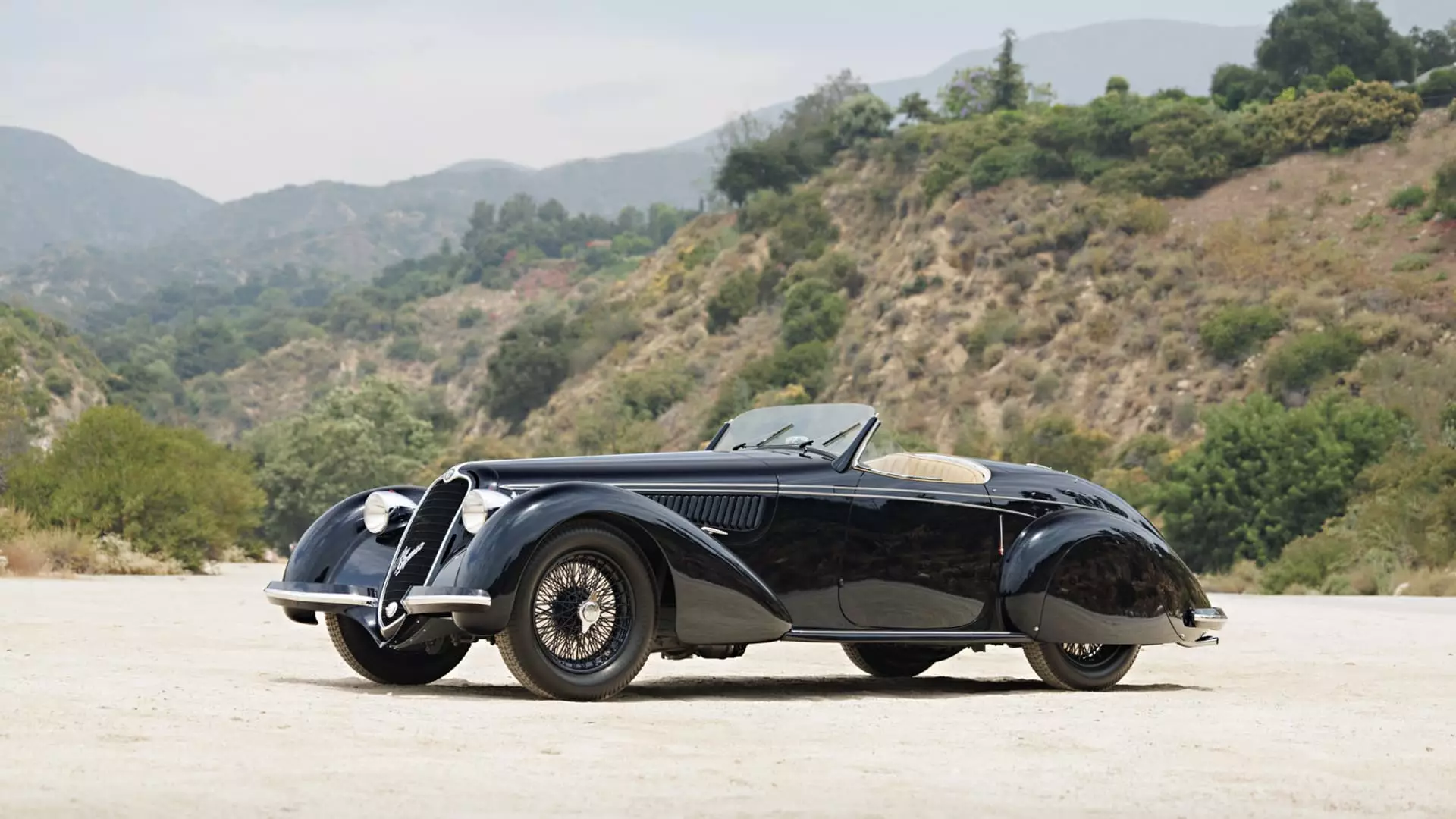The auction sales during Monterey Car Week have faced a 3% decline from the previous year, signaling a shift in the preferences of high-net-worth collectors. This change can be attributed to a move from older classic cars to newer models, resulting in an excess of unsold classics from the 1950s and 1960s. Total sales at the five prominent car auctioneers in Monterey, including RM Sotheby’s, Broad Arrow, Gooding & Company, Mecum, and Bonhams, totaled $391.6 million this year, down from $403 million in 2023. Furthermore, the continuous decline in sales over the past few years, including a 14% drop in the previous year compared to the peak in 2022, indicates a fundamental shift in the market dynamics.
The average sale price of classic cars during Monterey Car Week was reported to be $476,965, slightly lower than the previous year’s average of $477,866. This decline can be attributed to the oversaturation of similar cars at multiple auctions, leading to weakened demand and pricing. Simon Kidston, a renowned advisor to wealthy car collectors, noted that the abundance of similar ‘product’ across auctions has hindered competition and interest among buyers. The lackluster performance of classic cars from the 1950s and 1960s, popular with baby boomers but less appealing to newer collectors, further exemplifies this trend.
A new generation of collectors, mainly comprising Gen Xers and millennials, is poised to reshape the classic car market by favoring cars from the 1980s, 1990s, and 2000s. This shift in collector preferences has led to a decline in the sell-through rate of pre-1981 classic cars priced at $1 million or more, contrasting with the stronger performance of newer cars. The Hagerty Supercar Index, which tracks sports cars from the 1980s to the 2000s, has surged by over 60% since 2019, while the Blue Chip Index of 1950s and 1960s classics has seen a 3% decline. The newfound dominance of young collectors in the market signals a broader transformation in the classic car industry, with older models facing challenges in finding buyers.
The classic car market is undergoing a transitional phase, characterized by a divergence between older and newer cars. High interest rates have further compounded the challenges faced by the industry, with financing becoming less appealing for buyers. The opportunity cost associated with purchasing a classic car, as opposed to investing and earning potential returns, has deterred some collectors from entering the market. This shift in consumer behavior, coupled with the aging demographic of existing collectors, is likely to influence pricing trends for classic cars in the years to come. McKeel Hagerty, CEO of Hagerty, emphasized the need for the market to adapt to this changing landscape, as the demand for modern supercars continues to rise while interest in classic models wanes.
The classic car auction market is experiencing a significant transformation, driven by evolving collector preferences and market dynamics. The decline in sales at Monterey Car Week reflects a broader shift towards newer models favored by younger generations, signaling a changing of the guard in the industry. As high interest rates and oversaturation of classic cars impact pricing and demand, stakeholders must adapt to these challenges to navigate the future of the market successfully. Ultimately, the classic car industry’s resilience will hinge on its ability to innovate and cater to the evolving needs of collectors in a rapidly changing landscape.


Leave a Reply